You may not know that the bottom of a large ship that has just returned from the sea is actually a paradise of creature. the ship bottom and enjoy the food and protection brought by the ship. These creatures are called
biofouling. They can be attached to the ship bottom by adsorbing, entangled, drilling, etc., forming a thick layer of bi pollutant.These biofouling may seem interesting, but for ships, they are a big trouble. Therefore, ships that are often sailing in the ocean must regularly clean up the ship bottom to maintain a good operating state. What are the benefits of cleaning up the ship bottom ?
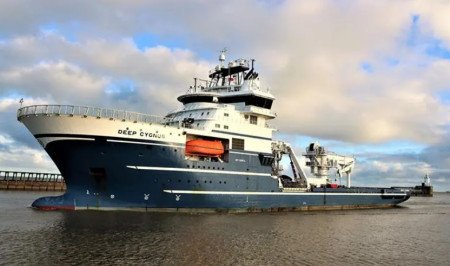
Improving speed and more fuel -efficient
When biological pollutants are attached to the ship bottom , they will make the ship's weight heavier and rougher, thereby making the water flow to the hull resistance.It's like running while wearing a heavy coat covered in mud, making you feel tired and slow. . If the ship bottom is not cleaned up regularly, the ship needs to consume more energy to achieve the same speed, or it can only reach a lower speed at the same energy. This will not only affect navigation efficiency and time, but also increase operating costs and environmental pollution.
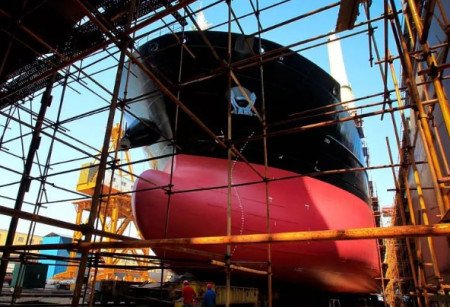
By cleaning the ship bottom, the biofouling can be removed, reducing the resistance and improving the speed and fuel efficiency. Some experiments have shown that a ship that has not been cleaned for three years consumes 1/10 more fuel than a brand-new ship and 1/7 more heavy oil. It has also been reported that after a cargo ship did bottom cleaning, its speed increased by 1.5 knots and its fuel efficiency increased by 6%. And another ferry increased its speed by 2 knots and its fuel efficiency by 10% after that. These data illustrate the importance of cleaning the ship bottom for improving navigation performance and saving energy.
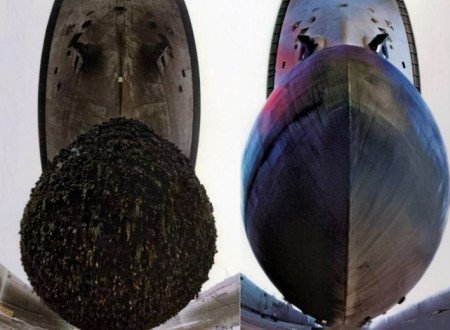
Preventing damage
In addition to increasing resistance, bi pollutants also cause corrosion and damage to hull materials. Some bi pollutants secrete acid or alkaline substances, or drill into the metal surface, causing metal chemical or electrochemical reactions. These reactions will cause metal materials to lose their original properties and functions, and even cause structural defects such as cracks, holes, and fractures. These defects will reduce the strength and durability of the hull, increase the cost of repairs and replacement of ships, and even trigger the accident and disaster .
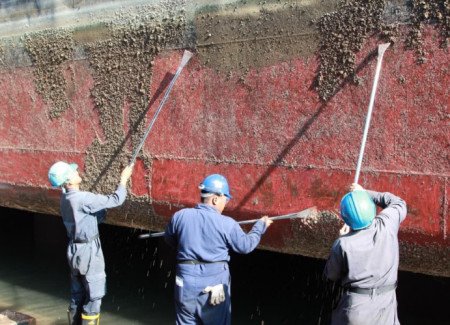
By cleaning the ship bottom, the biofouling can be removed, reducing the corrosion and damage to the hull. During cleaning, the hull can also be inspected and repaired, and potential problems can be discovered and dealt with in a timely manner. In order to prevent the reattachment, a layer of antifouling paint can be applied. This is a special paint containing toxic substances that can kill or drive away marine growth. This can extend the cleaning cycle of the ship bottom and protect the service life of the hull materials.
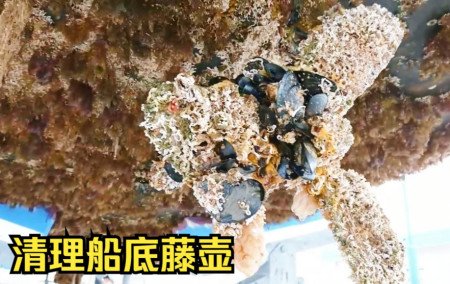
In addition to affecting the ship itself, biofouling can also have an impact on the marine ecosystem. Some marine growth may be invasive species that will be carried to different sea areas along with the navigation of the ship, causing the invasion of marine growth. These invasive species may compete with local species, prey on them, or spread diseases, leading to the imbalance and destruction of the local ecosystem. For example, an invasive species called the serrated barnacle has once caused serious ecological harm in Europe, North America, South America and other places.

By cleaning up the ship bottom, biological pollutants can be removed to prevent the invasion and spread of marine life. This can protect the diversity and stability of the local marine ecosystem and maintain the sustainable use of marine resources. At the same time, it bottom can also prevent some harmful marine life from threatening to human health.For example, a marine parasite called the conical worm has once infected many people through shellfish attached to the ship bottom, causing serious skin diseases.
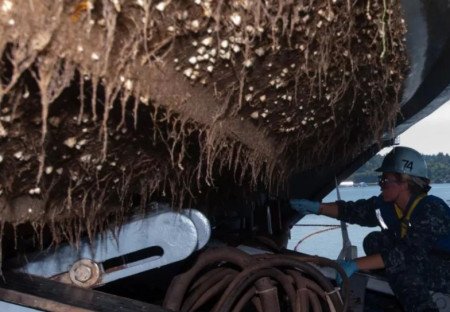
Regularly cleaning the ship bottom is essential. It cuts frictional resistance, boosts speed and fuel efficiency, protects the hull, and extends the ship's lifespan. It's also crucial for marine environmental protection, as biofouling and corrosion harm the marine ecosystem. Thus, cleaning the ship bottom before each navigation demands our full attention.